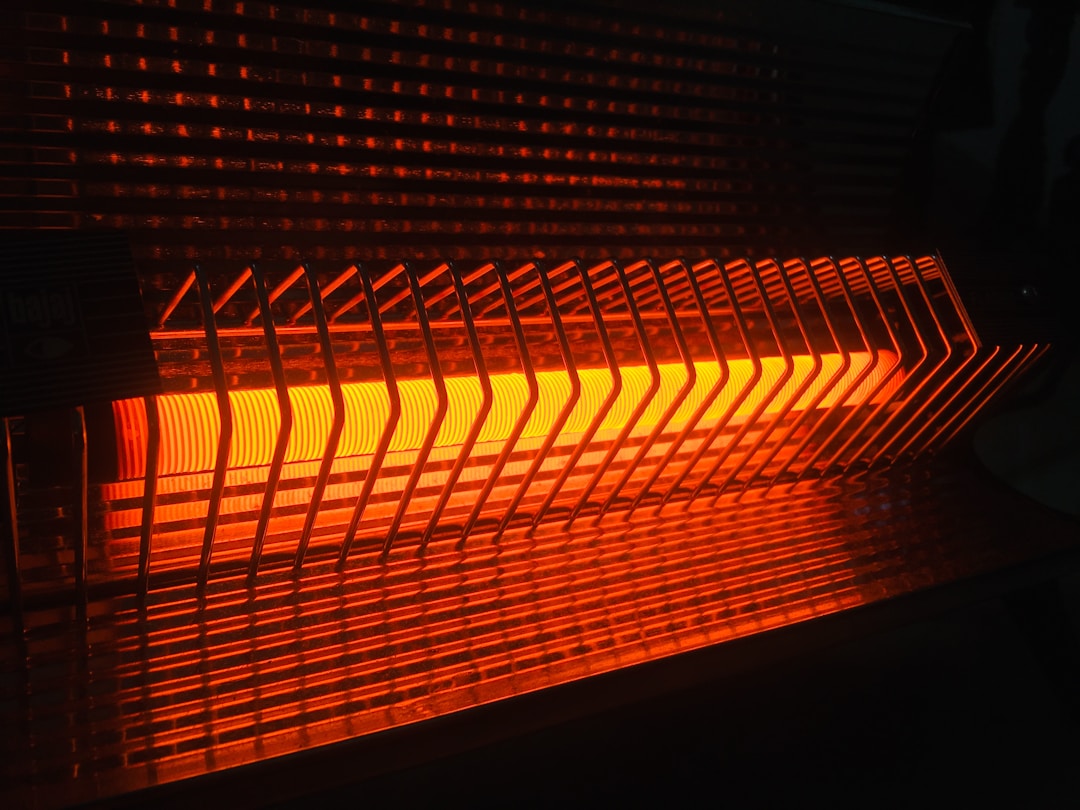You have relied on your furnace to ensure your water supply is consistently warm or to heat your household through those brutal winter months. However, there’s actually a device inside that furnace that keeps you safe in the event of certain emergencies linked to the unit. Your thermocouple is a saving grace hidden inside your heater, and it is worth getting to know this device.
What exactly is a thermocouple?

It’s probably not something that ever popped into your mind. What Is a Thermocouple? A thermocouple is an important safety device in your furnace that detects whether the pilot light is actually lit. If your pilot light is not active, a thermocouple shuts off the gas supply. Thermocouples use a thermoelectric effect to measure the temperature difference between a measuring point and a reference junction with a known maximum temperature.
Thermocouples are versatile devices but commonly serve as thermal sensors. They are comprised of an alloy made up of various metals with high conductivity. Depending on your furnace, a thermocouple is utilized within the unit to work accurately for a particular temperature range. This can also be impacted by the base metal being nonmagnetic or non-corrosive and corresponding alloys. Durable thermocouples and thermocouple wires are created for high-temperature applications.
How does it work?

Thermocouples use the differences in temperature between two or more different types of metal positioned in the pilot light’s flame. This creates what’s known as the Seebeck effect, bringing about the creation of an electrical current. If the pilot light goes out in your furnace, a current drop in the thermocouple will automatically shut off the gas valve. Thermocouples are used to measure the surface temperature of objects, effectively acting as a measuring instrument for the furnace.
For higher temperatures, thermocouples are embedded in a metal plate designed to be clamped to a home furnace. It consists of two wires that are joined at one end and left open at the other. When the junction is heated, an electromotive force is generated, resulting in a voltage differential between these open ends. That voltage is not affected by the temperature gradient in the thermocouple wires. That voltage differential is a function of the temperature difference between the two junctions.
In water heaters and furnaces, these thermocouples are specifically designed to be corrosion resistant to avoid any rust that can impact the water inside, making it dangerous for human use and consumption. This has especially become a common issue with older furnaces and heaters.
Why do I need a thermocouple?

When a thermocouple fails, it shuts off the gas supply to the furnace, leaving a household without heat and needing a licensed technician as soon as possible. The unit may fail in an open position. If the pilot light goes out, the gas will continue to flow, causing a dangerous leak, putting you and everyone in your home in danger. Natural gas leaks can cause health issues by reducing oxygen levels while also concentrating and creating the greater possibility of a fire or explosion.
These temperature sensors are crucial in furnaces to ensure proper function, so do not take this job upon yourself. A licensed pro will have an understanding of the type of thermocouple you need to have replaced. This is a common issue for technicians to fix. They know a type J thermocouple with a shorter lifespan at higher temperatures or a type R at even greater thermoelectric voltage. In due time, your home’s heating will be functioning properly. With these thermocouple tips, it’s easier to maintain your home and stay warm when you need it most.



